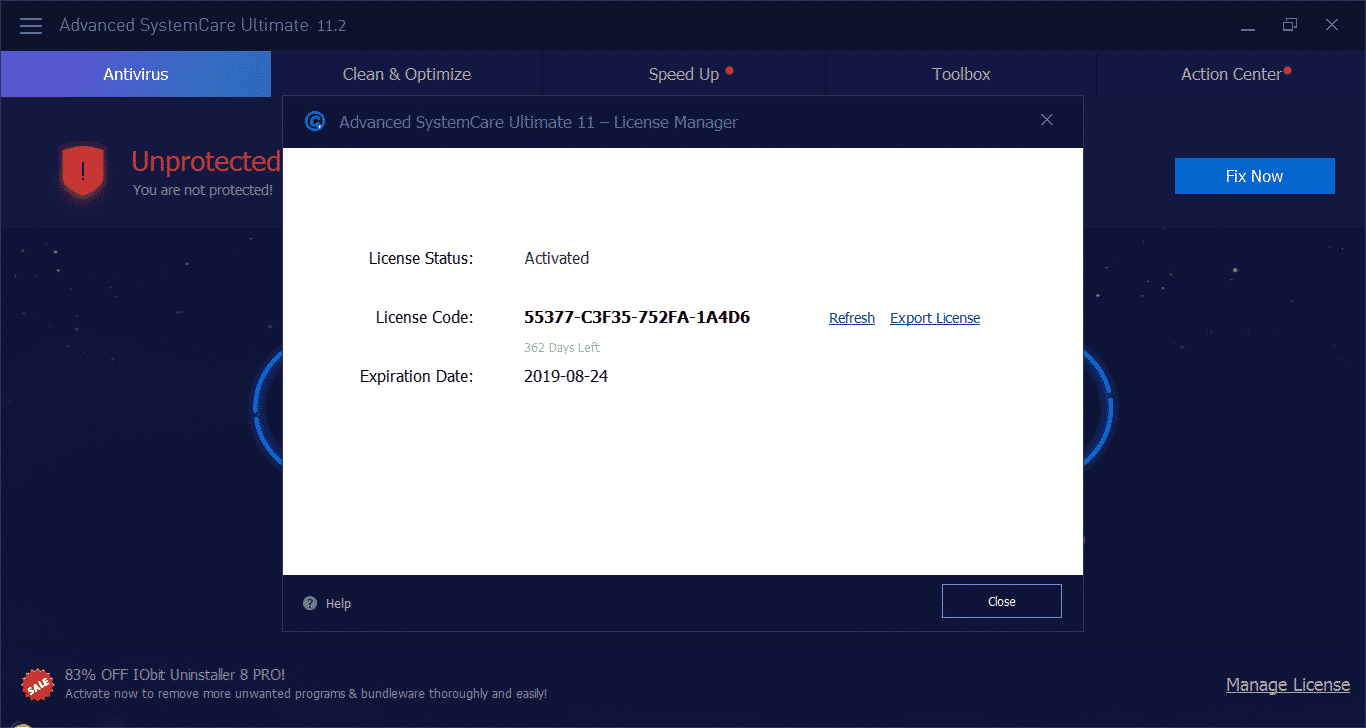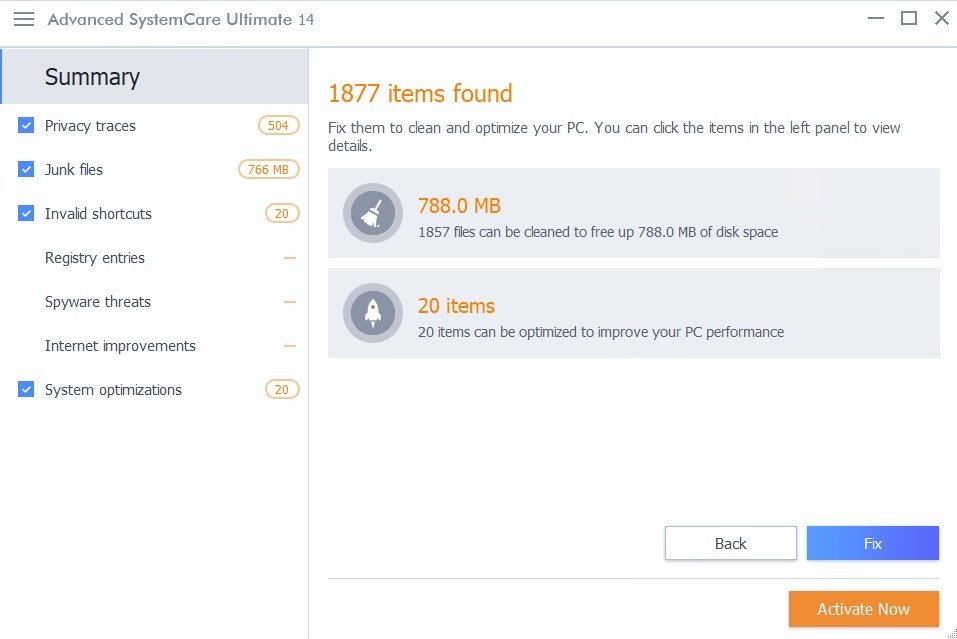

This explains why bank share prices do not collapse every time rates rise, instead falling just as much as the broader market does.

The paper argues “banks closely match the interest-rate sensitivities of their interest income and expense”, which produces remarkably stable net-interest margins. A recent paper by Itamar Drechsler of the University of Pennsylvania and co-authors points out that bank deposits, which tend to be stable and interest-rate insensitive, are a natural hedge for the sort of long-term, fixed-rate lending that banks favour.

Such paper losses remain hypothetical so long as depositors stick around. Worryingly, one in ten institutions looks more poorly capitalised than svb. If these assets had to be liquidated tomorrow the industry would lose nearly a third of its capital base. Banks regularly publish data on the losses they face on fixed-rate assets, such as bond portfolios. Start with the value of financial institutions’ assets. The answer depends on the extent to which svb’s problems are found elsewhere. The question now is whether what happened over the past fortnight was a brutal crunch or the start of a long, drawn-out process, as in the 1980s. The dynamic will sound familiar to anyone who has paid attention to Silicon Valley Bank ( svb), where a rate shock slashed the value of its fixed-rate assets, prompting deposit flight and the institution’s collapse.


 0 kommentar(er)
0 kommentar(er)
